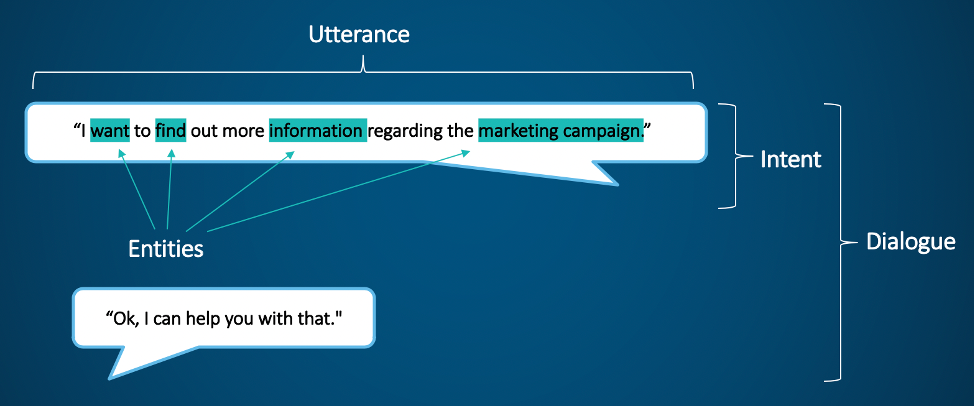This blog post is part three of a series on enhancing your natural language processing. The series is co-authored with my colleague Sundaresh Sankaran, product manager for Text Analytics at SAS. A corresponding webinar series is also available on-demand. The first article in this series covered the "hybrid approach” to text modeling. In the second article, we covered key text analytics discovery techniques.
Life with conversational AI
Conversational AI applies many of the techniques shared in our previous natural language processing articles like rules-based machine learning and the hybrid approach as well as text discovery tools like topic/concept extraction and sentiment analysis. Simply put, conversational AI enables a frictionless, 2-way dialogue with a machine where a human is able to receive a quick answer to a question or complete a task by using their natural language – either voice or text.
With recent advancements in conversational AI, chatbots and personal digital assistants have become mainstream. Many of you reading this likely have a smart speaker or another digital assistant in your home or with you at all times on your mobile phone. Along with these innovations, customer behavior has also shifted. Consumers expect “now” and personalized service. A poor user experience can have a real business impact, deterring a customer from using a product or service.
Conversational AI can offer a way to provide an always-on 24/7, fast, convenient experience that can go anywhere (phone, computer smart speakers, even your car). It can provide a human-like experience through real-time, personalized interaction with AI running in the background. This technology is being applied across many industries for a variety of use cases (both customer-facing and for use within an organization). Chatbots have emerged in Telecom, Financial Services in the form of account management and real-time customer service. In IoT, we see personal assistants emerge in smart home devices and wearables.
Since chatbots can automatically query and describe large corporate or public data sets, organizations in the E-commerce and Retail industries use chatbots to provide personalized messaging and offers to consumers online.
Similarly, business users can request summarized or analyzed results by saying or typing through a conversational interface. For instance, “Which marketing campaigns are generating the most leads this quarter?” The chatbot can provide the answer and then offer additional information, a data visualization, or even suggest a related report to view based on patterns in the data or past queries.
NLP engine
At the heart of every bot is an NLP engine. Let’s take a quick look behind the scenes at what makes bots able to understand and interact with human language.
NLP is foundational to the conversational AI process. Linguistic analysis helps a machine understand text – whether written or spoken – essentially helping the machine recognize and understand the construct of a language. Through data mining and machine learning algorithms, the machine automatically extracts key features and relational concepts. Human input from linguistic rules adds to the process, enabling contextual comprehension or Natural Language Understanding (NLU) of content such as slang, sarcasm, and sentiment.
Natural Language Interaction (NLI) converts written or spoken natural language text into application-specific, executable code. In other words, it automatically maps a user’s command to the correct action or intent.
Chatbot key terms
To help you get started, here are some key terms that are foundational to what comprises a chatbot:
- A conversational experience includes dialogues or conversational flows. Dialogues are a set of various routes and directions that a chatbot can take.
- An intent corresponds to a single goal that the user wants the bot to accomplish. A chatbot tries to match what you’ve asked to an intent that it understands. The more a chatbot communicates with you, the more it learns and understands.
- An intent can be expressed in many forms and manners. That is the beauty of language. The various unique cases of how these intents are expressed are known as utterances.
Examples of utterances include the different ways an intent is expressed – such as “What’s the 411”, or “I want info on the campaign”, or “Tell me the numbers”. In the image above we are looking for campaign data, but there are many ways of asking for the same thing.
Regardless of how these utterances are expressed, they contain certain common pieces of information that are crucial to satisfying the intent.
What's next?
These are the essential pieces that are needed for the chatbot to understand what you mean when you are asking it a question. If you are interested in learning more about Conversational AI and would like to see some demos of this technique in action, check out the final webinar in our series Enhancing your Natural Language Processing: Conversational AI. Thank you for reading!









1 Comment
I pay a visit every day some web sites and sites to read articles, but
this weblog gives quality based content.